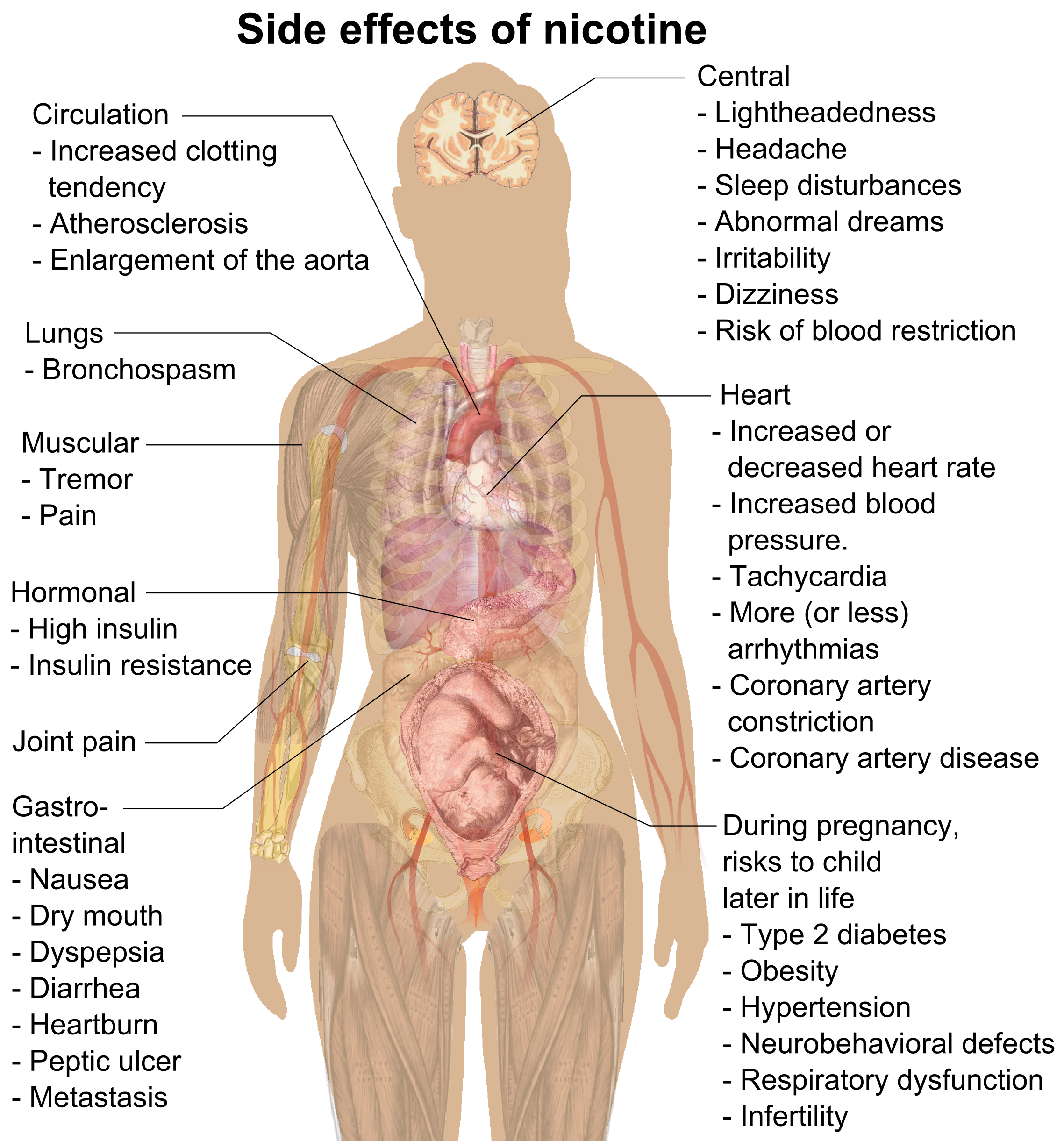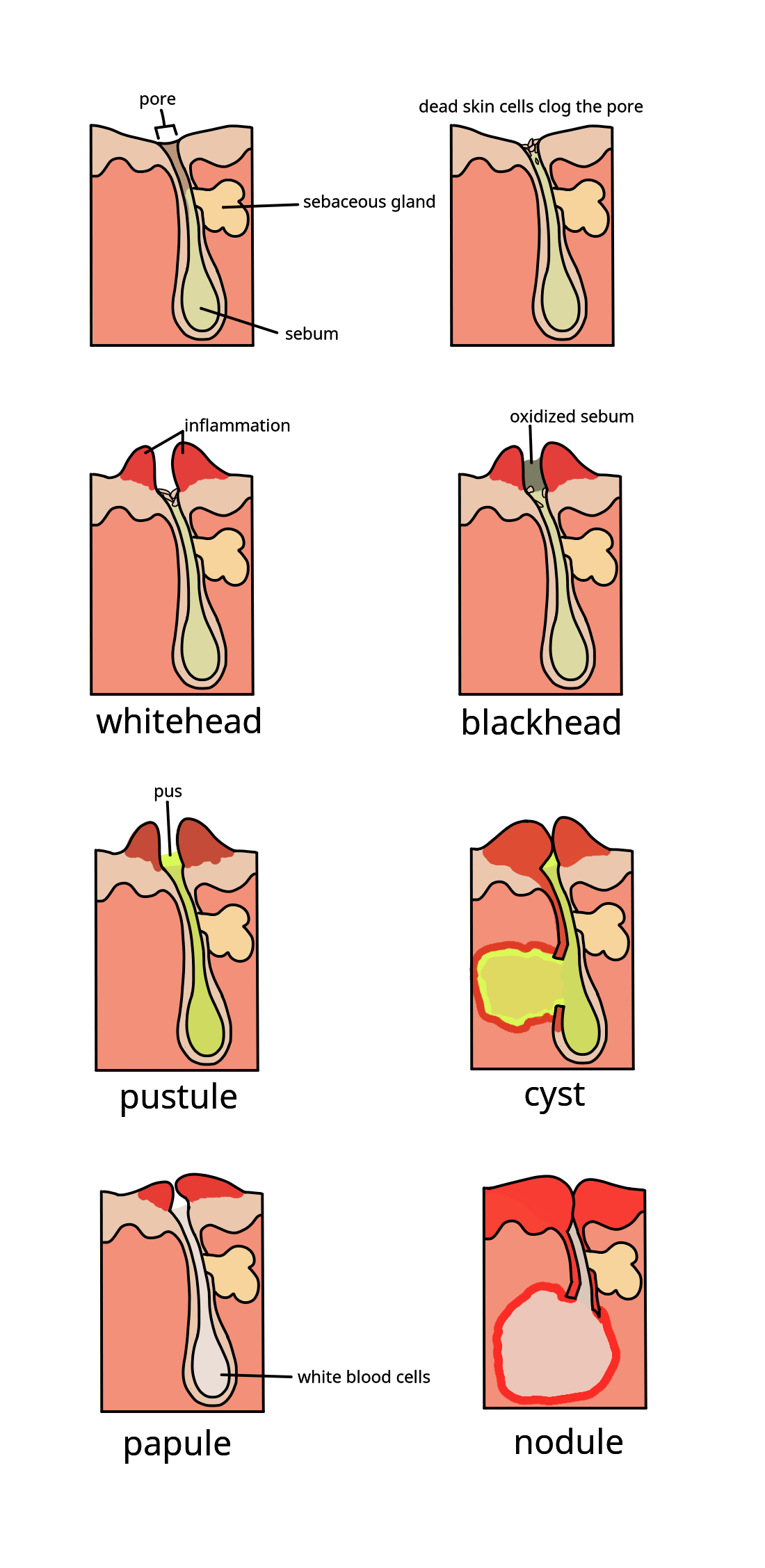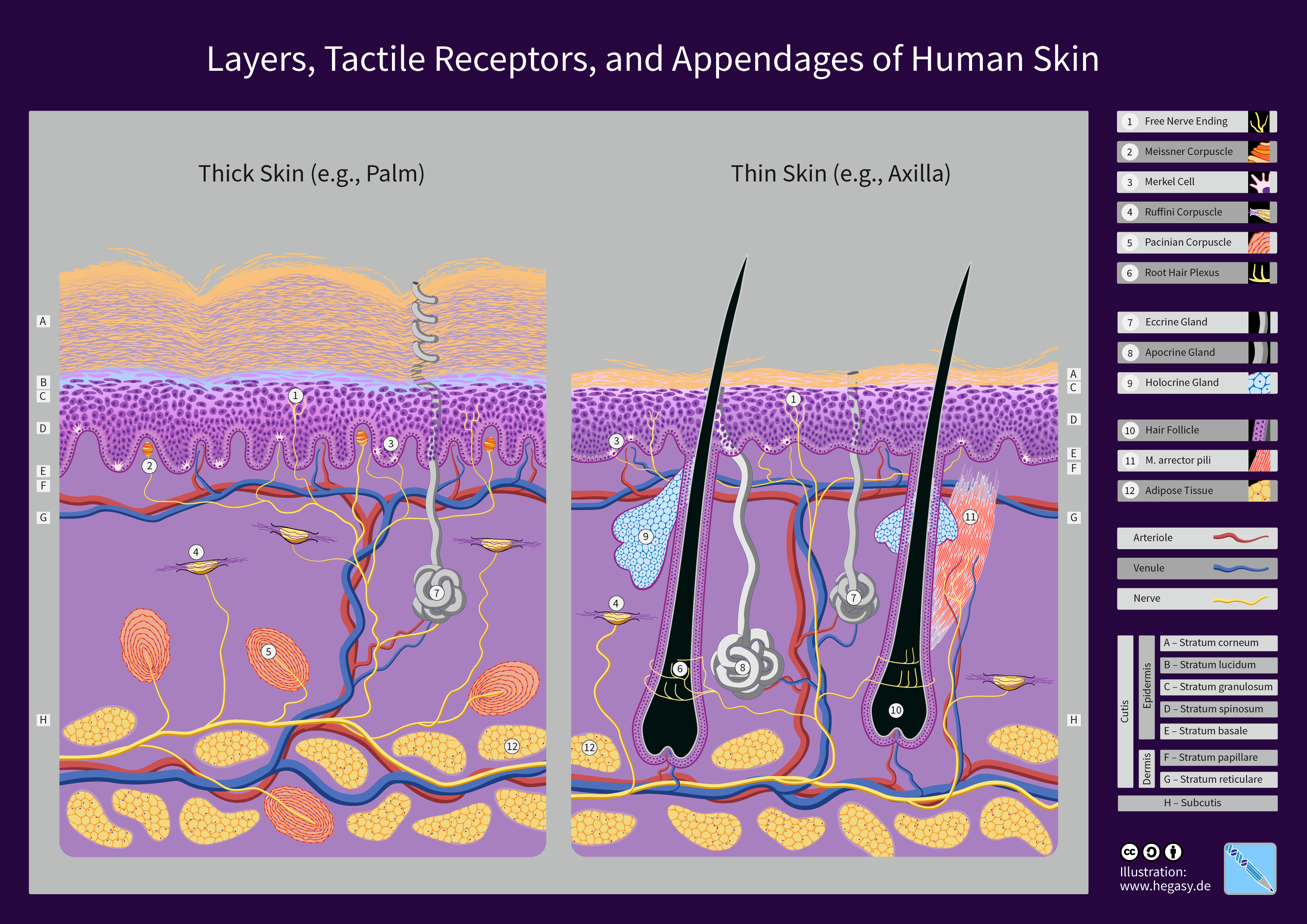|
Chlorodehydromethylandrostenediol
Chlorodehydromethylandrostenediol (CDMA), also known as 4-chloro-17α-methylandrost-1,4-diene-3β,17β-diol, is a synthetic, orally active anabolic-androgenic steroid (AAS) and a 17α-alkylated derivative of 4-androstenediol that was never marketed. It was first encountered in 2005 when it was introduced as a "dietary supplement" and putative prohormone under the name Halodrol-50 by industry veteran, Bruce Kneller while working with the dietary supplement company, Gaspari Nutrition. The drug was the subject of a scathing and highly critical article by ''The Washington Post'' in November 2006. CDMA was voluntarily discontinued by Gaspari Nutrition in mid-2006, likely fearing government sanctions if it continued to sell the product. During the brief period of time that CDMA was sold online, it was an extremely well-selling product; its total sales are estimated to have been greater than twenty five million dollars, and by some estimates, CDMA may have been the best-selling hormona ... [...More Info...] [...Related Items...] OR: [Wikipedia] [Google] [Baidu] |
Androgen Prohormone
An androgen prohormone, or proandrogen, is a prohormone (or prodrug) of an anabolic-androgenic steroid (AAS). They can be prohormones of testosterone or of synthetic AAS, for example, nandrolone (19-nortestosterone). Dehydroepiandrosterone (DHEA), DHEA sulfate (DHEA-S), and androstenedione may all be considered proandrogens of testosterone. In the last two decades, prohormones have also been used by bodybuilders, athletes, and nonmedical users of AAS and other hormones to refer to substances that are expected to convert to active hormones in the body. The intent is to provide the benefits of taking an AAS without the legal risks, and to achieve the hoped-for benefits or advantages without use of AAS themselves. Many of these compounds are legal to manufacture, sell, possess and ingest eliminating the legal problems associated with schedule III AAS. This also enables chemists to further their legal research and get around the law (albeit for a short time). The typical definition o ... [...More Info...] [...Related Items...] OR: [Wikipedia] [Google] [Baidu] |
Chloromethylandrostenediol
Chloromethylandrostenediol (CMA), also known as 4-chloro-17α-methyl-androst-4-ene-3β,17β-diol, is a synthetic, orally active anabolic-androgenic steroid (AAS) and a 17α-alkylated derivative of 4-androstenediol that was never marketed. It was first encountered in 2005 when it was introduced as a "dietary supplement" and putative prohormone under the name Promagnon by an online vendor called Peak Performance Laboratories. CMA was voluntarily discontinued by Gaspari Nutrition in late 2006, likely fearing government sanctions if it continued to sell the product. Although CMA was sold as a "prohormone" or "prosteroid" of chloromethyltestosterone (CMT; also known more commonly as methylclostebol), it is likely that the conversion is far from complete and that much of the activity of the drug may be attributable to its unchanged form. Due to the presence of a chloro group at the C4 position, CMA cannot be aromatized, and for this reason, poses no risk of estrogenic side effects ... [...More Info...] [...Related Items...] OR: [Wikipedia] [Google] [Baidu] |
Oral Administration
Oral administration is a route of administration where a substance is taken through the mouth. Per os abbreviated to P.O. is sometimes used as a direction for medication to be taken orally. Many medications are taken orally because they are intended to have a systemic effect, reaching different parts of the body via the bloodstream, for example. Oral administration can be easier and less painful than other routes, such as injection. However, the onset of action is relatively low, and the effectiveness is reduced if it is not absorbed properly in the digestive system, or if it is broken down by digestive enzymes before it can reach the bloodstream. Some medications may cause gastrointestinal side effects, such as nausea or vomiting, when taken orally. Oral administration can also only be applied to conscious patients, and patients willing and able to swallow. Terminology ''Per os'' (; ''P.O.'') is an adverbial phrase meaning literally from Latin "through the mouth" or "by mouth ... [...More Info...] [...Related Items...] OR: [Wikipedia] [Google] [Baidu] |
Side Effect
In medicine, a side effect is an effect, whether therapeutic or adverse, that is secondary to the one intended; although the term is predominantly employed to describe adverse effects, it can also apply to beneficial, but unintended, consequences of the use of a drug. Developing drugs is a complicated process, because no two people are exactly the same, so even drugs that have virtually no side effects, might be difficult for some people. Also, it is difficult to make a drug that targets one part of the body but that does not affect other parts, the fact that increases the risk of side effects in the untargeted parts. Occasionally, drugs are prescribed or procedures performed specifically for their side effects; in that case, said side effect ceases to be a side effect and is now an intended effect. For instance, X-rays were historically (and are currently) used as an imaging technique; the discovery of their oncolytic capability led to their employ in radiotherapy (ablation of ... [...More Info...] [...Related Items...] OR: [Wikipedia] [Google] [Baidu] |
Hepatotoxicity
Hepatotoxicity (from ''hepatic toxicity'') implies chemical-driven liver damage. Drug-induced liver injury is a cause of acute and chronic liver disease caused specifically by medications and the most common reason for a drug to be withdrawn from the market after approval. The liver plays a central role in transforming and clearing chemicals and is susceptible to the toxicity from these agents. Certain medicinal agents, when taken in overdoses (e.g. paracetamol) and sometimes even when introduced within therapeutic ranges (e.g. halothane), may injure the organ. Other chemical agents, such as those used in laboratories and industries, natural chemicals (e.g., microcystins), and herbal remedies (two prominent examples being kava, mechanism unknown, and comfrey, through its pyrrolizidine alkaloid content) can also induce hepatotoxicity. Chemicals that cause liver injury are called hepatotoxins. More than 900 drugs have been implicated in causing liver injury (see LiverTox, ... [...More Info...] [...Related Items...] OR: [Wikipedia] [Google] [Baidu] |
Virilization
Virilization or masculinization is the biological development of adult male characteristics in young males or females. Most of the changes of virilization are produced by androgens. Virilization is most commonly used in three medical and biology of sex contexts: prenatal biological sexual differentiation, the postnatal changes of typical chromosomal male (46, XY) puberty, and excessive androgen effects in typical chromosomal females (46, XX). It is also the intended result of androgen replacement therapy in males with delayed puberty and low testosterone. Prenatal virilization In the prenatal period, virilization refers to closure of the perineum, thinning and wrinkling (rugation) of the scrotum, growth of the penis, and closure of the urethral groove to the tip of the penis. In this context, ''masculinization'' is synonymous with ''virilization.'' Prenatal virilization of genetic females and undervirilization of genetic males are common causes of ambiguous genitalia and inters ... [...More Info...] [...Related Items...] OR: [Wikipedia] [Google] [Baidu] |
Body Hair
Body hair, or androgenic hair, is the terminal hair that develops on the human body during and after puberty. It is differentiated from the head hair and less visible vellus hair, which is much finer and lighter in color. The growth of androgenic hair is related to the level of androgens (often referred to as male hormones) and the density of androgen receptors in the dermal papillae. Both must reach a threshold for the proliferation of hair follicle cells. From childhood onward, regardless of sex, vellus hair covers almost the entire area of the human body. Exceptions include the lips, the backs of the ears, palms of hands, soles of the feet, certain external genital areas, the navel, and scar tissue. The density of hair – i.e. the number of hair follicles per unit area of skin – varies from person to person. In many cases, areas on the human body that contain vellus hair will begin to produce darker and thicker body hair during puberty, such as the first gr ... [...More Info...] [...Related Items...] OR: [Wikipedia] [Google] [Baidu] |
Facial Hair
Facial hair is hair grown on the face, usually on the chin, cheeks, and upper lip region. It is typically a secondary sex characteristic of human males. Men typically start developing facial hair in the later stages of puberty or adolescence, around fifteen years of age, and most do not finish developing a full adult beard until around eighteen or later. Large variations can occur however, as boys as young as eleven have been known to develop facial hair, and some men do not produce much facial hair at all. Men may style their facial hair into beards, moustaches, goatees or sideburns; many others completely shave their facial hair and this is referred to as being "clean-shaven". The term ''whiskers'', when used to refer to human facial hair, indicates the hair on the chin and cheeks. Women are also capable of developing facial hair, especially after menopause, though typically significantly less than men. Women with lots of facial hair, the extreme being bearded ladies, ha ... [...More Info...] [...Related Items...] OR: [Wikipedia] [Google] [Baidu] |
Acne
Acne, also known as ''acne vulgaris'', is a long-term skin condition that occurs when dead skin cells and oil from the skin clog hair follicles. Typical features of the condition include blackheads or whiteheads, pimples, oily skin, and possible scarring. It primarily affects skin with a relatively high number of oil glands, including the face, upper part of the chest, and back. The resulting appearance can lead to anxiety, reduced self-esteem, and, in extreme cases, depression or thoughts of suicide. Susceptibility to acne is primarily genetic in 80% of cases. The roles of diet and cigarette smoking in the condition are unclear, and neither cleanliness nor exposure to sunlight appear to play a part. In both sexes, hormones called androgens appear to be part of the underlying mechanism, by causing increased production of sebum. Another common factor is the excessive growth of the bacterium '' Cutibacterium acnes'', which is present on the skin. Treatments for ac ... [...More Info...] [...Related Items...] OR: [Wikipedia] [Google] [Baidu] |
Oily Skin
The human skin is the outer covering of the body and is the largest organ of the integumentary system. The skin has up to seven layers of ectodermal tissue guarding muscles, bones, ligaments and internal organs. Human skin is similar to most of the other mammals' skin, and it is very similar to pig skin. Though nearly all human skin is covered with hair follicles, it can appear hairless. There are two general types of skin, hairy and glabrous skin (hairless). The adjective ''cutaneous'' literally means "of the skin" (from Latin ''cutis'', skin). Because it interfaces with the environment, skin plays an important immunity role in protecting the body against pathogens and excessive water loss. Its other functions are insulation, temperature regulation, sensation, synthesis of vitamin D, and the protection of vitamin B folates. Severely damaged skin will try to heal by forming scar tissue. This is often discoloured and depigmented. In humans, skin pigmentation (affected ... [...More Info...] [...Related Items...] OR: [Wikipedia] [Google] [Baidu] |
Androgen
An androgen (from Greek ''andr-'', the stem of the word meaning "man") is any natural or synthetic steroid hormone that regulates the development and maintenance of male characteristics in vertebrates by binding to androgen receptors. This includes the embryological development of the primary male sex organs, and the development of male secondary sex characteristics at puberty. Androgens are synthesized in the testes, the ovaries, and the adrenal glands. Androgens increase in both males and females during puberty. The major androgen in males is testosterone. Dihydrotestosterone (DHT) and androstenedione are of equal importance in male development. DHT ''in utero'' causes differentiation of the penis, scrotum and prostate. In adulthood, DHT contributes to balding, prostate growth, and sebaceous gland activity. Although androgens are commonly thought of only as male sex hormones, females also have them, but at lower levels: they function in libido and sexual arousal. Al ... [...More Info...] [...Related Items...] OR: [Wikipedia] [Google] [Baidu] |
Anabolic
Anabolism () is the set of metabolic pathways that construct molecules from smaller units. These reactions require energy, known also as an endergonic process. Anabolism is the building-up aspect of metabolism, whereas catabolism is the breaking-down aspect. Anabolism is usually synonymous with biosynthesis. Pathway Polymerization, an anabolic pathway used to build macromolecules such as nucleic acids, proteins, and polysaccharides, uses condensation reactions to join monomers. Macromolecules are created from smaller molecules using enzymes and cofactors. Energy source Anabolism is powered by catabolism, where large molecules are broken down into smaller parts and then used up in cellular respiration. Many anabolic processes are powered by the cleavage of adenosine triphosphate (ATP). Anabolism usually involves reduction and decreases entropy, making it unfavorable without energy input. The starting materials, called the precursor molecules, are joined using the chemical ... [...More Info...] [...Related Items...] OR: [Wikipedia] [Google] [Baidu] |







